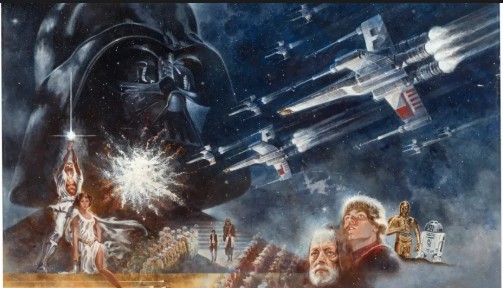At first glance, it looked like a casual stack of cards from the late '90s and early 2000s – no binders, no organization by type or era. But I noticed something interesting: a handful of the cards were in protective sleeves. That was the signal. I figured if any cards were worth looking into, they were probably the ones someone once thought were worth protecting.
One of them immediately stood out: a 1999 Charizard hologram. From what I can tell, it looks mint – centering looks solid, the corners are sharp, and the holo still pops. I’m no expert, but it was enough to spark my curiosity.
That one card kicked off the process – casually dabbling in research, watching a few grading videos, and skimming collector forums. I haven’t gone too deep yet – because every time I start to, I get overwhelmed by just how vast this world is. The terminology, the variations, the grading nuances – it’s a lot. So I take it one step at a time, then take a break. And somehow, I keep coming back to it.
Ask any serious collector, and they’ll tell you: the Pokémon card market isn’t just alive – it’s thriving. According to eBay’s 2024 Collectibles Report, Pokémon cards ranked as one of the top three most transacted items in the trading card category, with vintage WOTC-era cards (1999–2003) leading in both sales and search volume.
But navigating it as a beginner isn’t easy. Between base sets, shadowless prints, reverse holos, promos, and 1st editions – the language of Pokémon collecting can feel overwhelming. Add in grading scales, population reports, reprints, and modern-era chase cards, and you’re staring at what might be one of the most layered collecting categories in existence.
And that’s the beauty of it. The deeper you go, the more there is to learn.
One of the clearest paths to understanding a card’s potential value – financial or sentimental – is grading.
For those new to the process, grading services like PSA, CGC, and BGS evaluate a card's condition across a standardized scale, usually 1 to 10, factoring in centering, edges, corners, and surface. A PSA 10 Charizard from the 1999 base set isn’t just rare – it’s a trophy. One sold for over $300,000 in 2022. But the same card, ungraded or in poor condition? It might fetch less than a thousand.
Grading creates trust. It preserves condition. And it helps you separate hype from substance. For collectors like me – just beginning to evaluate a shoebox of mystery – it’s a critical step in understanding what’s actually there.
At WAX, we’re seeing a growing number of users uploading and insuring Pokémon card collections, both graded and raw. The biggest trend? Multi-category vaults that treat cards like portfolios – tracked by value, condition, and provenance.
What makes Pokémon unique is how it blends nostalgia with long-term growth. Many of today’s serious collectors are the same people who grew up with the anime, traded cards at recess, and now have the means to revisit the hobby with fresh eyes – and deeper pockets.
But the market isn’t just riding childhood memories. It’s getting more sophisticated. Auction houses now handle high-grade Pokémon cards like fine art. Grading backlogs have cleared up. Pop reports are being tracked with the same intensity as sports rookies or comic keys.
Whether you're sitting on a raw 1st edition Jungle Pikachu or a modern Rainbow Rare Charizard, the value of grading isn’t just about upside – it’s about clarity. About preserving story and establishing baseline.
I’m still early in my own Pokémon journey. Most days I’m chipping away at it in small bursts – reading a bit, comparing card numbers, trying to spot the differences between prints. But what started as my brother’s box has become something more. A new way to understand collecting. A bridge between memory and market. A personal vault I didn’t expect to find in a cardboard box.
So if you’ve got a forgotten pile somewhere – in your closet, your garage, or maybe in someone else’s hands – maybe it’s time to take a look. Not just to chase value, but to trace stories. To rediscover what made these pieces special in the first place.
Because sometimes, the rarest finds aren’t the ones you buy – they’re the ones you already have.







